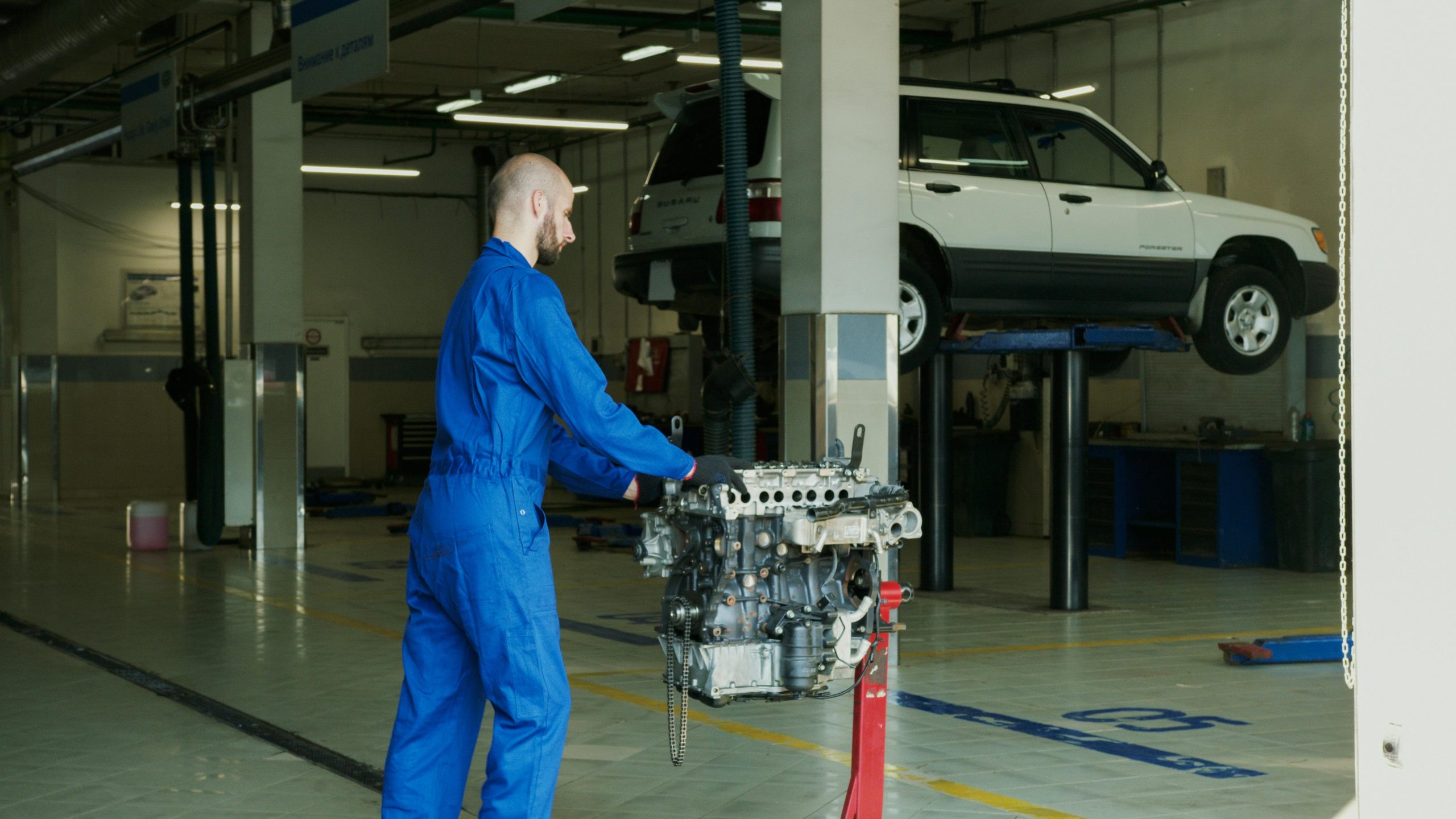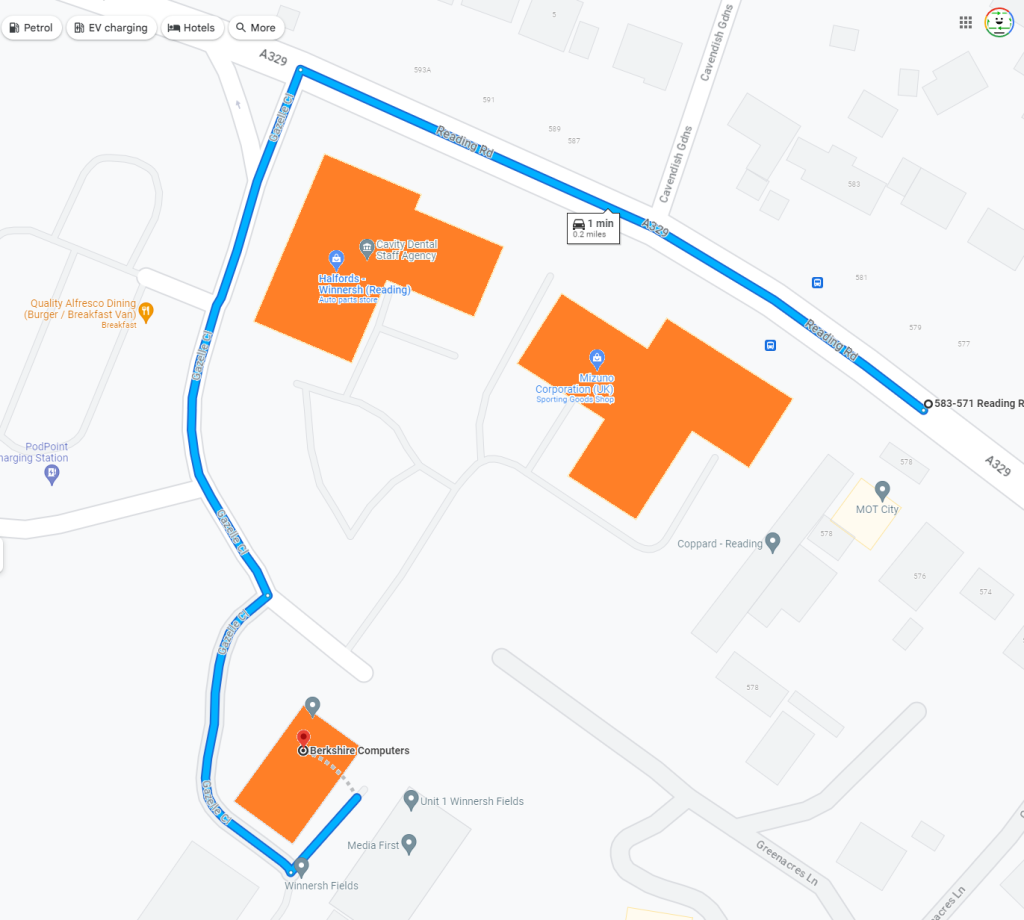Understanding the Risks of Improper GPU Installation
When building or upgrading a computer, the seating of components, particularly the graphics processing unit (GPU), is crucial for optimal performance and longevity. If a GPU is not properly inserted into the PCI slot, it can lead to a variety of issues that may affect both the graphics card and the overall system.
Recently, one user discovered that after a week of use, their GPU had not been fully seated in the PCI slot. This situation raises important questions about potential damage and long-term effects. Let’s explore what can happen when a GPU is improperly installed within its slot.
The Dangers of a Poorly Seated GPU
-
Electrical Issues: When a GPU is not aligned correctly, it may experience intermittent electrical connections. This can lead to erratic behavior such as screen flickering, crashes, or even a complete failure to power on.
-
Overheating Risks: A GPU that isn’t securely fitted may not receive adequate airflow, which can lead to overheating. Over time, excessive heat can damage the GPU’s internal components, potentially reducing its lifespan or causing permanent failure.
-
Physical Damage: Continuous use of a GPU that is not properly secured may result in physical stress on the card and the motherboard. This can cause damage to the connector pins or even warping of the motherboard, leading to costly repairs.
-
Performance Degradation: A GPU that is not fully seated may not operate at optimal performance levels. This could manifest as lower frame rates in gaming, rendering issues in graphics-heavy applications, or poor overall system performance.
Assessing Potential Damage
If you’ve recently installed a GPU and suspected it wasn’t seated correctly, it’s essential to assess any potential damage you may have caused. If your system started and ran without issues, it’s a good sign, but it’s still advisable to monitor its performance and temperature while you use it.
Make sure to check for any unusual sounds, performance drops, or graphical artifacts during usage. If you notice any of these symptoms, it might be worthwhile to consult a professional for further evaluation and potential repairs.
Conclusion
Seating a GPU correctly is a small but crucial step in ensuring a stable and efficient build. If you find yourself in a similar situation, always take the time to ensure proper installation to avoid potential damage down the line. Staying vigilant about your hardware’s health will not only prolong the life of your components but also enhance your
Share this content:



